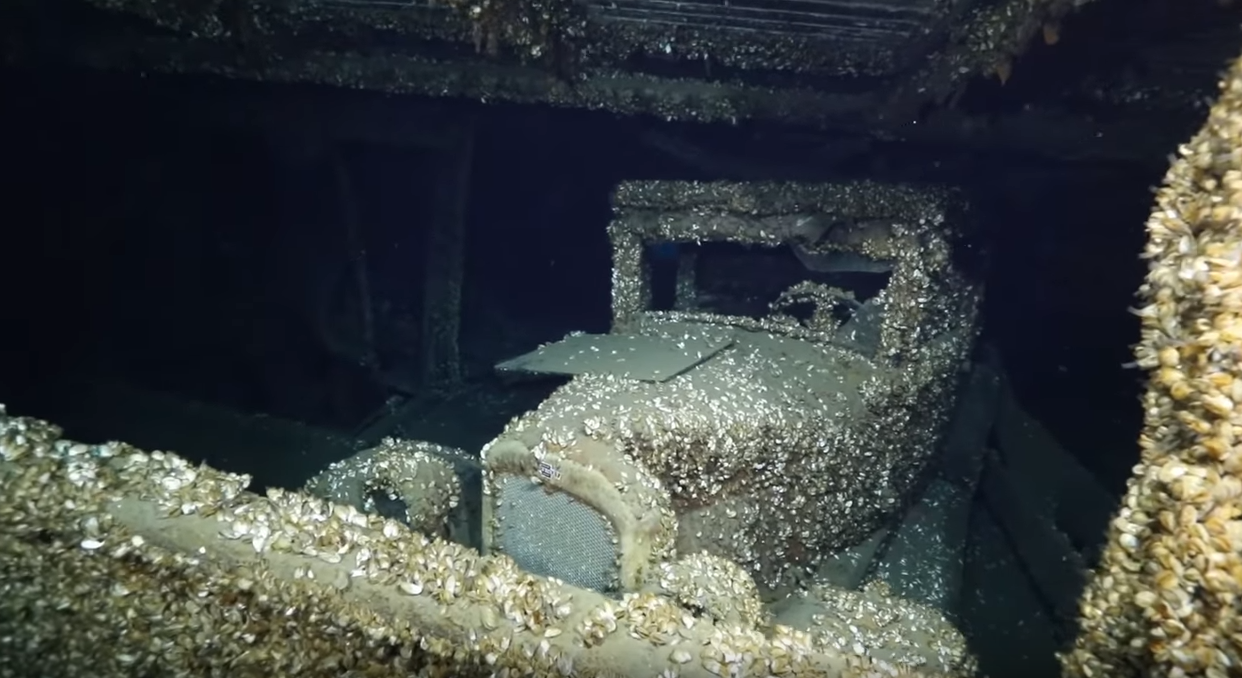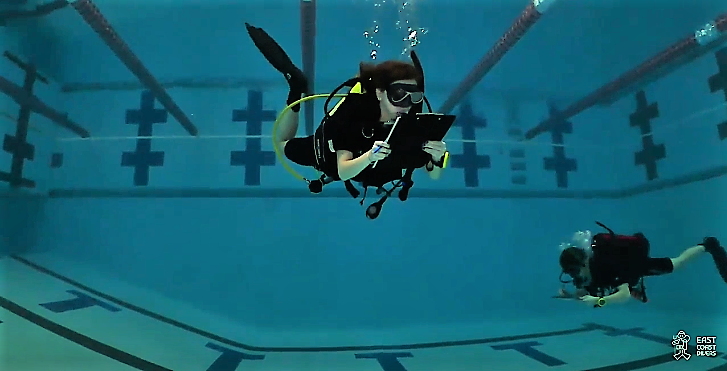Scientists Discover a New Non-Invasive Method to Track Sharks

Arecently published UK study has unveiled a new less traumatic method of monitoring sharks - via environmental DNA (eDNA). Marine ecologists have shown that even a small sample of seawater can provide the identifiable 'tracks' of numerous species of sharks, rays and other large fish.
Current methods of baiting, hooking and filming these animals are invasive, costly and require teams of scientists spending much time at seas.
This is how Stefano Mariani, professor of conservation genetics at the University of Salford, explains the essence of their discovery: "Water contains minute fragments of the skin, excretions, blood of animals that have swum through there. It's just like when detectives do a forensic search of a crime scene, and can locate tissues and cells that contain the DNA of the suspects.”
The new way of tracking sharks is likely to play a big role in shark conservation. Almost half of all known shark species are classified as data deficient, in part, because of the expense and complexity of finding the animals in the first place.
"In order to protect these elusive animals and their ecosystems, we must be able to rapidly assess many areas at repeated time intervals,” said Professor Mariani.
As a part of the research, the team, which included scientists from six countries, took water samples in four sites in the Caribbean and three in the Pacific Coral Sea. Using a process called metabarcoding, the team recovered significantly more shark DNA sequences in less anthropogenically impacted areas. In the Caribbean, the most diverse site was the Bahamas (a shark sanctuary) where 11 species were identified; in the Pacific, the samples from the remote, inhabited archipelago of Chesterfield proved to contain the largest amount of shark DNA.
“To be able to glean so much information about these charismatic predators by simply sampling a few litres of water is truly astonishing,” commented the lead author of the study Judith Bakker.
Although the new method is a huge step forward for shark conservation, and it already proves to be cheaper and more flexible, much still remains to be done to make the approach more effective. The molecular tools need to be improved, so that every species of interest can be identified unambiguously; and finer-scale studies are required to understand the impact of oceanic currents and depth on the transport of trace DNA.
Story Source: Materials provided by University of Salford.
Note: Content may be edited for style and length.




